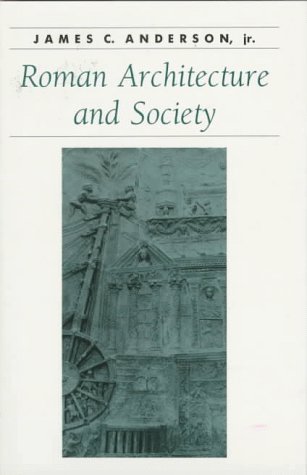Ancient Society and History
1 total work
The architecture and building of ancient Rome have long been the focus of scholarly study. But until now, no single work has brought together the role of the architect and the building industry against the background of Roman social and political history. In "Roman Architecture and Society" James C. Anderson, Jr., offers the first book to explore fully the place of architecture and the building industry in the context of Roman life. Focusing primarily on Rome and other cities of central Italy, Anderson describes the training, career path and social status of both architects and builders. He explains how the construction industry was organized - from marble and timber suppliers to bricklayers and carpenters. He examines the political, legal and economic factors that determined what would be built, and where. And he shows how the various types of Roman buildings relate to the urban space as a whole. Drawing on ancient literary sources as well as on contemporary scholarship, "Roman Architecture and Society" examines the origins of the architectural achievements, construction techniques and discoveries that have had an incalculable influence on the post-classical Western world.
This detailed and concise account should appeal not only to students and scholars of Roman history but to all with an interest in ancient architecture and urban society.
This detailed and concise account should appeal not only to students and scholars of Roman history but to all with an interest in ancient architecture and urban society.
